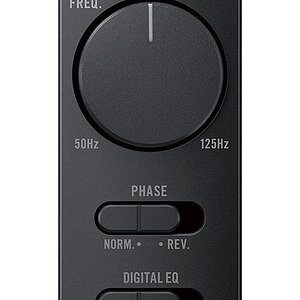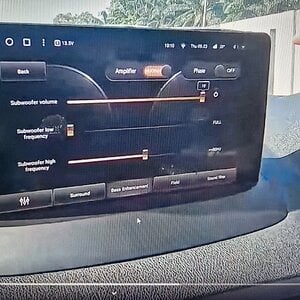squeak9798 5,000+ posts
Banned
I figured this forum needed a sticky (since every other forum has one). And so, here is my pathetic attempt at a sticky-worthy thread //content.invisioncic.com/y282845/emoticons/thumbsupwink.gif.129404938effda6ad9cca39e7f4b58a3.gif
Co-axial vs Components
What's the difference?
Co-axials are speakers that have the tweeter permanently mounted in the middle of the midwoofer. Co-axials typically do not have external passive crossovers.....only a capacitor in-line with the tweeter to highpass the tweeter. They are generally much cheaper than components, and will work well off of headunit power (but will perform well off of external amplification aswell).
Components have separate midwoofers and tweeters as well as an external passive crossover. The midwoofers and tweeters are separated for a number of reasons.....for example, to allow optimal speaker placement. The passive crossovers are usually quite complex (for more advanced than what's used for co-axials) and are designed to optimize the performance of the speakers (by way of crossover points, crossover slopes, tweeter attenuation, tweeter protection, impedence compensation [zobel network], etc etc). The speakers used in component sets are typically of much higher quality and better performance that those used in co-axials. Typically components are best used with external amplification only.
Co-axial vs Components
What's the difference?
Co-axials are speakers that have the tweeter permanently mounted in the middle of the midwoofer. Co-axials typically do not have external passive crossovers.....only a capacitor in-line with the tweeter to highpass the tweeter. They are generally much cheaper than components, and will work well off of headunit power (but will perform well off of external amplification aswell).
Components have separate midwoofers and tweeters as well as an external passive crossover. The midwoofers and tweeters are separated for a number of reasons.....for example, to allow optimal speaker placement. The passive crossovers are usually quite complex (for more advanced than what's used for co-axials) and are designed to optimize the performance of the speakers (by way of crossover points, crossover slopes, tweeter attenuation, tweeter protection, impedence compensation [zobel network], etc etc). The speakers used in component sets are typically of much higher quality and better performance that those used in co-axials. Typically components are best used with external amplification only.






